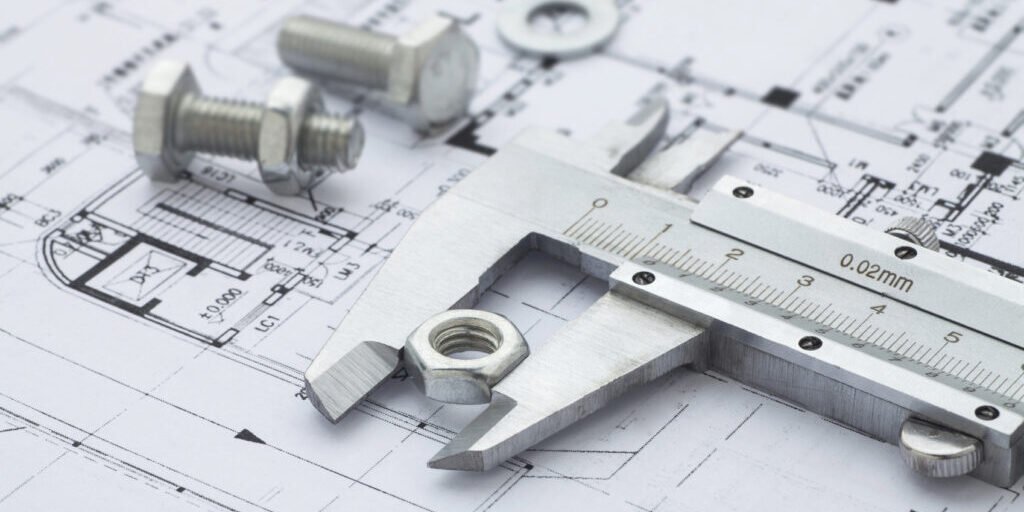What do we mean by tolerance and contingency in construction and what does it mean for homeowners?
Tolerance and contingency in construction are similar but different concepts. As a homeowner undertaking a house extension, it is handy to know what they are, why they are important and how they specifically relate to you.
1. Tolerance
Tolerance in construction is best described as the allowable deviation from the agreed-upon plan. On plan, design software allows for precise measurements, plumb walls and perfection in the building materials used. On a live building site, however, walls may not sit at exact right angles, and factory-made building materials may arrive to site with dents and dings or have been fabricated a little out of alignment.
The potential of such miscalibrations finding their way from the drawing board to your home is a known risk in construction, and so a general tolerance of 5% should be allowed as a means of mitigating possible disconnects between plan and site. There are countless of real-life scenarios in which mitigating measures might need to be deployed.
A few examples of where tolerance kicks in:
- Narrowing of window openings to accommodate window casings manufactured a few millimetres too small.
- Showerheads that need relocating to avoid ceiling joists.
- Kitchen units that needs packing out to offset an uneven wall.
- ACO drains that needs repositioning so they line up with the paving slab pattern.
Unfortunately, there is no truly practical way to measure what 5% tolerance should look and feel like. Rather, the takeaway message is to welcome a small dose of flexibility to the project as a whole. Doing so could avoid potential scheduling delays and rework costs, and generally make you a little more accepting of minor bumps in the road on the journey to completing your extension.
2. Contingency
A contingency is a budgetary amount held in reserve to deal with unexpected circumstances. Again, examples of such circumstances on a building project include:
- During strip: you may discover a dry rot affliction to the studwork.
- You might come face to face with protected species like bats or badgers.
- Tree roots may stretch further into your plot than you had anticipated.
- Asbestos could be found lurking in the attic.
Whatever the circumstance, it must be dealt with, and that is what the contingency is for. A contingency somewhere between 10% and 20% is the generally considered standard in industry. However, if you have followed the advice in our other articles as practically as possible, your level of preparedness will be higher and chances of encountering the unexpected lower. So a contingency of 5% to 10% should suffice.
Be careful not to conflate the contingency fund with add-ons or scope creep, where you consciously request additional tasks or specification upgrades to the original schedule of work.
Keeping a 5% tolerance in mind for deviations from the plan will entrain in you a ‘psychological cushion’ that will take the edge off the stress of encountering minor bumps in the road to completing your extension. Although it’s technically not required, a small contingency for budget overruns will empower you to get on and deal with said bumps swiftly, if or when they arise.
Read our guide to avoiding common mistakes during a build.





